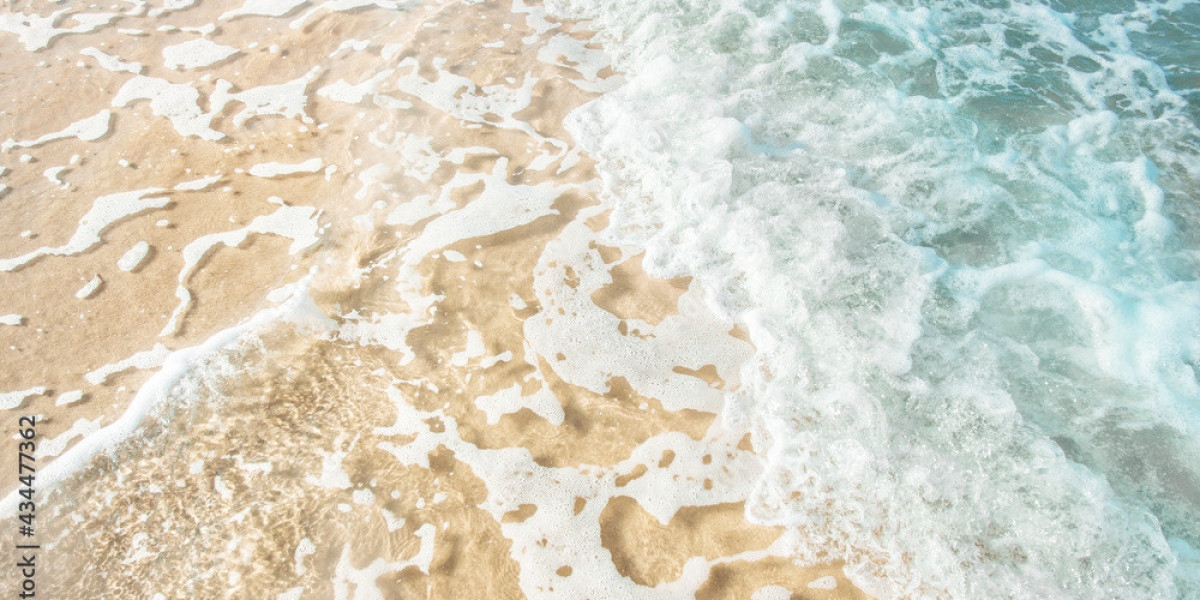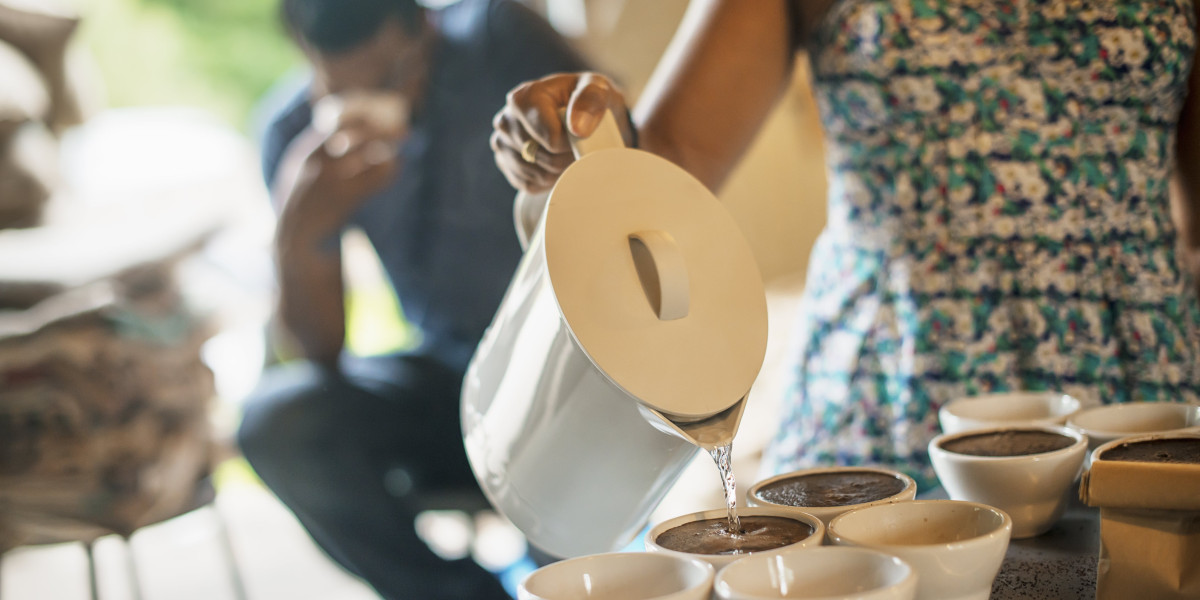The Purrfect Passage: Expert Tips for Cat Flap Installation
For cat owners, the desire to supply their feline buddies with liberty and independence while maintaining the security and comfort of their home is a typical aspiration. A cat flap, apparently a basic option, uses just that-- enabling your cat to come and go as they please without needing you to play doorman. Nevertheless, a badly installed cat flap can cause draughts, security vulnerabilities, and annoyed felines. For that reason, understanding the nuances of cat flap installation is essential for both your cat's well-being and your assurance.
This short article acts as a detailed guide to cat flap installation, using expert tips and guidance to make sure a smooth and effective task. Whether you're a skilled DIY enthusiast or a first-timer, this guide will equip you with the understanding to develop the purrfect passage for your cherished cat.

Picking the Right Cat Flap: The First Step to Success
Before you even think of tools and design templates, it is crucial to pick the best cat flap for your requirements and your home. The market uses a varied series of choices, each with its own set of functions and benefits. Consider these factors when making your choice:
- Type of Cat Flap: Cat flaps are not a one-size-fits-all solution. They can be found in various types, each providing various levels of security and benefit:
- Standard Manual Cat Flaps: These are the easiest and most cost effective choices, allowing any cat (or little animal) to enter and exit. They appropriate for low-security environments.
- Magnetic Cat Flaps: These flaps react to a magnet attached to your cat's collar. They offer a little much better security by avoiding roaming animals from going into.
- Infrared Cat Flaps: Similar to magnetic flaps, these use an infrared sensor that reads a special collar tag. They are more safe and secure than magnetic flaps and less vulnerable to disturbance.
- Microchip Cat Flaps: The most sophisticated alternative, these flaps are activated by your cat's distinct microchip, ensuring just your pet can get entry. This offers the greatest level of security and control, preventing unwanted animals from entering your home.
- Product and Durability: Cat flaps are typically made from plastic or aluminium.
- Plastic flaps are typically more cost effective and lighter but might be less long lasting and more vulnerable to weathering.
- Aluminium flaps are more robust, weather-resistant, and safe, typically including a stronger locking mechanism.
- Size of Your Cat: Ensure the flap opening is large enough for your cat to pass through easily without having a hard time. Consider your cat's size and breed when choosing. Procedure your cat from chest to ground and add a number of inches for comfortable clearance.
- Installation Location: Where will you be installing the cat flap? Doors, walls, and windows each present different installation obstacles and require specific types of cat flaps or additional accessories like tunnels for thicker walls.
- Budget: Cat flaps range in price from basic manual models to high-tech microchip variations. Set a budget and think about the long-lasting worth and security advantages when making your choice.
Preparation is Paramount: Setting Yourself Up for Success
As soon as you have actually picked the best cat flap, correct preparation is essential to a smooth installation. Hurrying into the process can lead to errors and disappointment. Make the effort to plan and collect everything you require in advance:
Choosing the Right Location: Carefully think about the location for your cat flap.
- Security: Choose an area that is not easily accessible to trespassers and preferably away from public view.
- Accessibility for Your Cat: Ensure the location is easily accessible for your custom cat flap installation, both inside and outside. Consider the height from the ground and any obstacles.
- Convenience for You: Select a place that is convenient for access and maintenance however does not interrupt the circulation of your home.
- Preventing Utilities: Check for any concealed wires, pipelines, or structural components within the wall or door where you plan to set up the flap.
Collecting the Necessary Tools and Materials: Having all the right tools at hand will make the installation process much easier. Necessary tools typically include:
- Cat flap package: This must consist of the cat flap itself, a design template, screws, and possibly a tunnel extension depending on the design and installation type.
- Pencil and ruler/tape step: For marking and measuring precisely.
- Drill: With proper drill bits for pilot holes and possibly larger bits for cutting if needed by your selected method.
- Jigsaw or Keyhole saw: For cutting the opening for the cat flap (depending on material and installation technique).
- Screwdriver: To secure the cat flap in location (frequently a Phillips head screwdriver).
- Shatterproof glass and gloves: For safety during cutting and drilling.
- Sealant (optional): To seal around the cat flap and prevent draughts and water ingress, particularly for external doors and walls.
- Spirit level (optional): To ensure the cat flap is set up straight.
Determining and Marking: Accuracy is vital for a correct fit.
- Utilize the template provided: Most cat flap packages come with a design template. Use this to properly mark the cutout location on your chosen place.
- Consider your cat's height: Position the design template at an appropriate height for your cat. The bottom of the flap need to be low enough for comfortable entry and exit but not too low that it allows rain or dirt to enter quickly.
- Double-check measurements: Before you begin cutting, confirm all your measurements and markings to prevent mistakes.
Step-by-Step Installation in a Wooden Door (Example)
Installing a cat flap in a wooden door is a typical DIY job. Here's a basic detailed guide:
- Mark the Cutout: Tape the design template provided with your cat flap package onto the door at the preferred area. Utilize a pencil to trace the overview of the design template onto the door.
- Drill Pilot Holes: Using a drill and a drill bit a little larger than the width of your jigsaw blade (or keyhole saw), drill pilot holes at each corner of the significant outline and possibly a couple of along the straight edges to make starting the jigsaw much easier.
- Cut the Opening: Using a jigsaw or keyhole saw, thoroughly cut along the significant outline, linking the pilot holes. Take your time and follow the line precisely. Guarantee you use shatterproof glass and gloves during this step.
- Test Fit and Sand (if required): Before completely inserting the cat flap, test fit it in the opening. If it's too tight, carefully sand down any rough edges of the cutout up until the flap fits snugly.
- Insert and Secure the Cat Flap: Place the two halves of the cat flap (inner and external frame) into the opening from either side of the door. Align the screw holes.
- Screw Together: Using the screws offered, tighten up the two halves of the cat flap together. Do not overtighten, as this might harm the door or the cat flap.
- Seal (Optional): Apply sealant around the edges of the cat flap where it fulfills the door frame for added weatherproofing and insulation.
Installation Considerations for Different Materials
While wooden doors are reasonably simple, setting up cat flaps into other products needs various methods:
- Glass Doors and Windows: Installing a cat flap in glass needs specialized tools and proficiency. It is highly advised to hire a professional glazier to cut and install a cat flap in glass. Trying this yourself can be hazardous and risks shattering the glass.
- UPVC Doors: UPVC doors often have enhanced panels or might include metal parts. Installation can be complicated and may require professional assistance. Carefully inspect the door's construction before attempting DIY installation or consult the door producer's standards.
- Walls: Installing a cat flap in a wall needs creating a tunnel through the wall thickness. This normally includes acquiring a tunnel extension kit that matches the depth of your wall. The installation process resembles door installation but requires cautious planning and possibly more comprehensive cutting and sealing.
Post-Installation Tips: Welcoming Your Cat to Freedom
Once the cat flap is installed, the task isn't rather ended up. Here are some tips for assisting your cat adjust and maximizing your brand-new cat flap:
- Introduce the Cat Flap Gradually: Don't expect your cat to use the flap right away. Start by propping the flap open and encouraging your trained cat flap installer to stroll through it with deals with and favorable reinforcement.
- Entice with Treats and Toys: Place treats or toys on either side of the flap to incentivize your cat to check out and utilize it.
- Persistence is Key: Some felines adjust rapidly, while others may require time. Be client and prevent forcing your cat through the flap, which can produce unfavorable associations.
- Look for Draughts and Security: After installation, look for any draughts or gaps around the cat door for patio door flap. Guarantee it is firmly fitted and working properly.
- Regular Maintenance: Keep the cat flap tidy and without debris. Periodically check the locking mechanism and hinges to guarantee they are functioning efficiently.
By following these tips and taking your time with the installation process, you can produce a safe, hassle-free cat flap installation quote (click through the next web page), and inviting cat flap for your feline friend, boosting their flexibility and enhancing their life while keeping the comfort and security of your home.
Often Asked Questions (FAQs) about Cat Flap Installation
Q: Can I install a cat flap in any door?
A: While cat flaps can be installed in a lot of kinds of doors, some need more specialized techniques or professional aid. Wood doors are the simplest for DIY installation. Glass doors and UPVC doors might require professional installation.
Q: How high should I install a cat flap?
A: The perfect height depends on your cat's size, however generally, the bottom of the flap ought to be around 10-15 cm (4-6 inches) from the ground. This enables most felines to go through comfortably without needing to crouch too low.
Q: What tools do I truly require for cat flap installation?
A: Essential tools include a drill, jigsaw or keyhole saw, screwdriver, pencil, ruler/tape step, and shatterproof glass and gloves. A sealant weapon and sealant are recommended for external doors and walls.
Q: How long does it require to set up a cat flap?
A: For a simple installation in a wooden door, it can take anywhere from 1 to 3 hours, depending upon your DIY experience and the intricacy of the door. Installation in other materials or walls might take longer.
Q: What if I am not positive in my DIY skills?
A: If you are uneasy with DIY jobs, it is constantly best to employ a professional handyman or carpenter to set up the cat flap for you. This ensures an appropriate and safe installation, particularly for more complex setups like glass or UPVC doors and walls.
Q: How can I stop stray felines from utilizing my cat flap?
A: Microchip cat flaps are the most reliable method to prevent stray animals from entering your home as they only open for your cat's registered microchip. Magnetic and infrared flaps use some, however less trusted, defense.
Q: Do cat flaps let in draughts?
A: Modern cat flaps are developed with draught-excluding features like brushes or magnetic closures. However, proper installation and sealing are essential to decrease draughts.
Q: How do I train my cat to utilize a cat flap?
A: Patience and favorable reinforcement are key. Start by propping the flap open, utilizing deals with and toys to lure your cat through. Gradually lower the openness of the flap as your cat gets more comfortable.
Q: Can I install a cat flap in a wall?
A: Yes, cat flaps can be set up in walls. This typically needs a tunnel extension package to connect the inner and outer frames through the thickness of the wall. Wall setups may be more intricate and need mindful preparation.
Q: What maintenance is needed for a cat flap?
A: Regularly tidy the flap and surrounding location to eliminate dirt and debris. Check the hinges and locking mechanism occasionally and tighten up screws if needed. Oil hinges with silicone spray if they become stiff.








